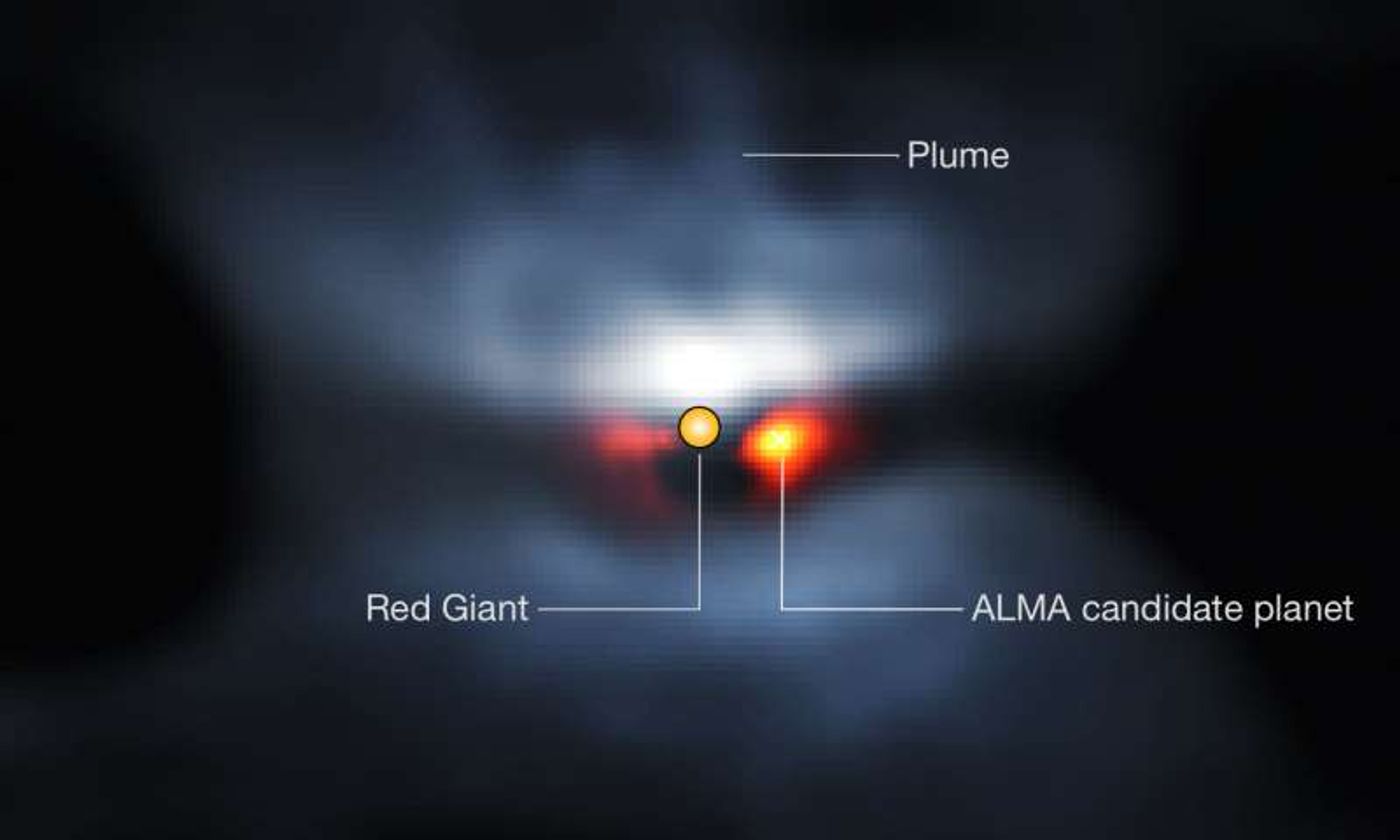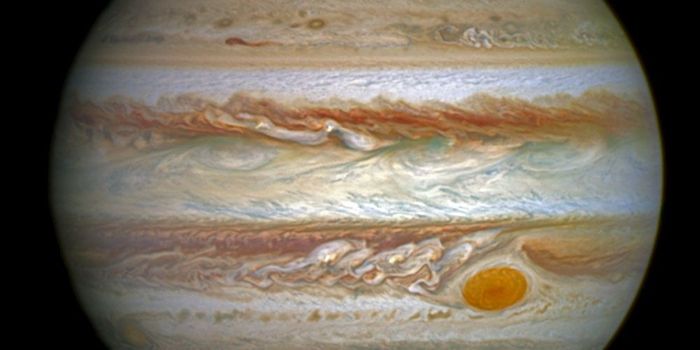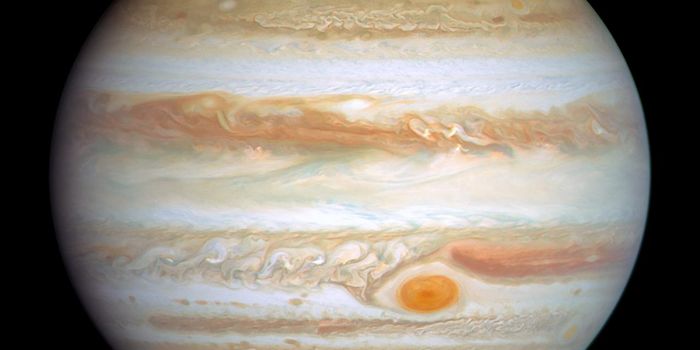Nearby Star System Helps Researchers Predict the Distant Future of Our Solar System
Have you ever wondered what’s going to happen to the Earth in the distant future of the Solar System? You’re definitely not alone; this same question boggles the minds of astronomers and researchers who study the Solar System and all of outer space every day for a living.
We have a pretty good idea of what may happen; the Sun is going to swell, up to 100 times its current size. This growth spurt will likely swallow Mercury and Venus, but it’s not really known what might happen to the Earth, the third planet inline in our Solar System.
Regardless, a glimpse at a nearby star system just 208 light years away from Earth is providing scientists with a pretty clear view of just what the Solar System might be like some 5 billion years into the future. The findings have been published in an entry in the journal Astronomy & Astrophysics.
Image Credit: P. Kervella et al. (CNRS / U. de Chile / Observatoire de Paris / LESIA / ESO / ALMA)
The star, dubbed L2 Puppis, is estimated to be around 10 billion years old, and astronomers believe that 5 billion years ago, it looked like a twin of our Sun today, with the same general mass and stage in its evolutionary cycle.
Spying on it through what’s said to be the world’s most capable and powerful radio telescope, the Atacama Large Millimeter/submillimeter Array (ALMA) telescope in Northern Chile, researchers say that we’re looking at a pretty accurate representation of what our Solar System could evolve into.
The system even has what appears to be a planet orbiting the star. The planet might be orbiting the star at nearly double the distance that the Earth orbits the Sun (300 million kilometers away), but that aside, the star itself has pretty similar characteristics.
“Five billion years from now, the Sun will have grown into a red giant star, more than a hundred times larger than its current size,” says Professor Leen Decin from the KU Leuven Institute of Astronomy and co-author of the study.
“It will also experience an intense mass loss through a very strong stellar wind. The end product of its evolution, 7 billion years from now, will be a tiny white dwarf star. This will be about the size of the Earth, but much heavier: one tea spoon of white dwarf material weighs about 5 tons.”
Earth may continue to orbit this white dwarf star that was once the Sun when the time comes, but because of the circumstances of the swelling star as time goes by, life most likely would have vanished from the Earth by the time the Sun evolves into one.
While this system could provide insight, no two systems are 100% identical. Regardless, it’s still interesting to see how another system behaves in certain conditions and compare it to our own, as doing this sort of thing almost always leads to some kind of eureka discovery.
Source: Phys.org









